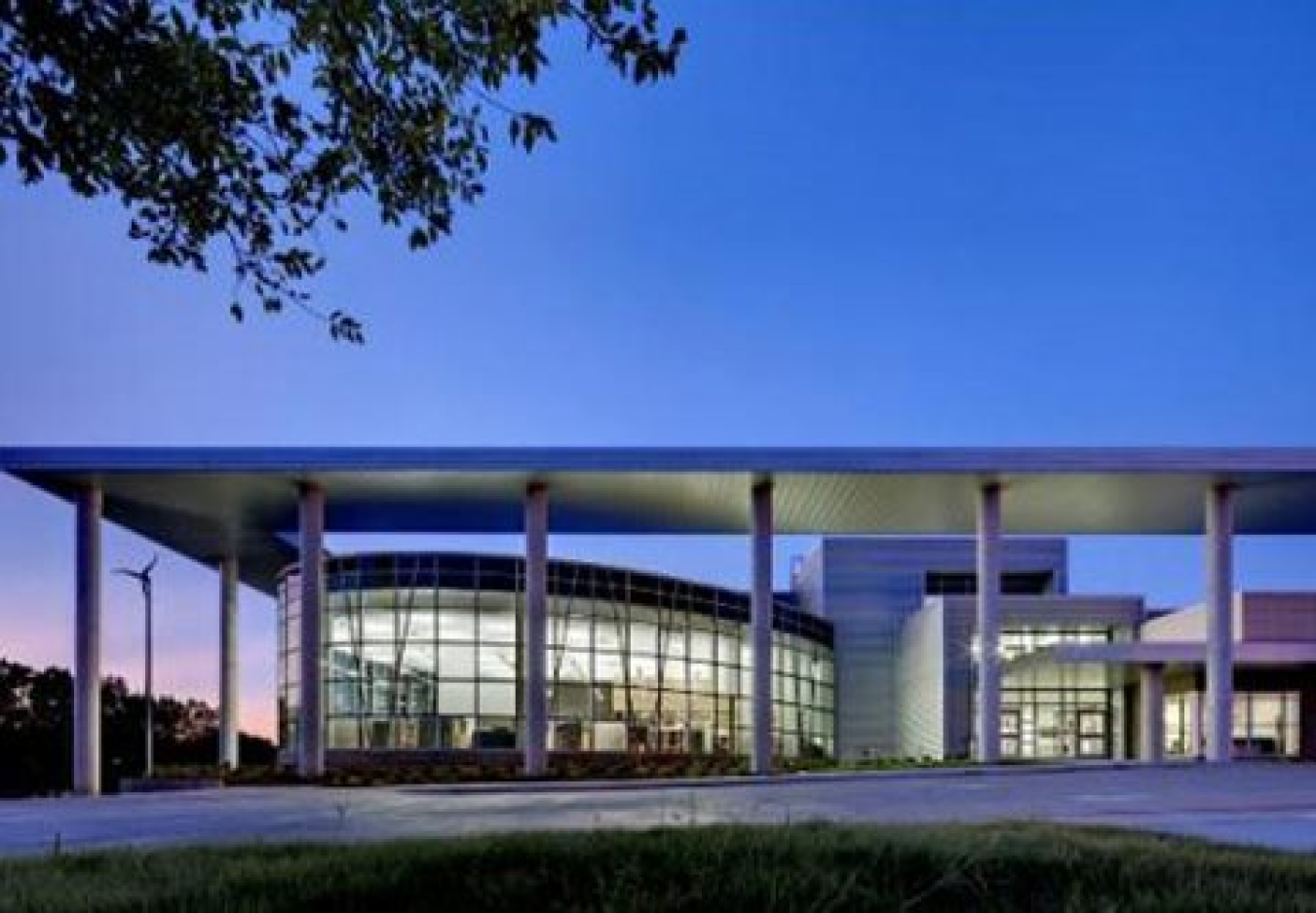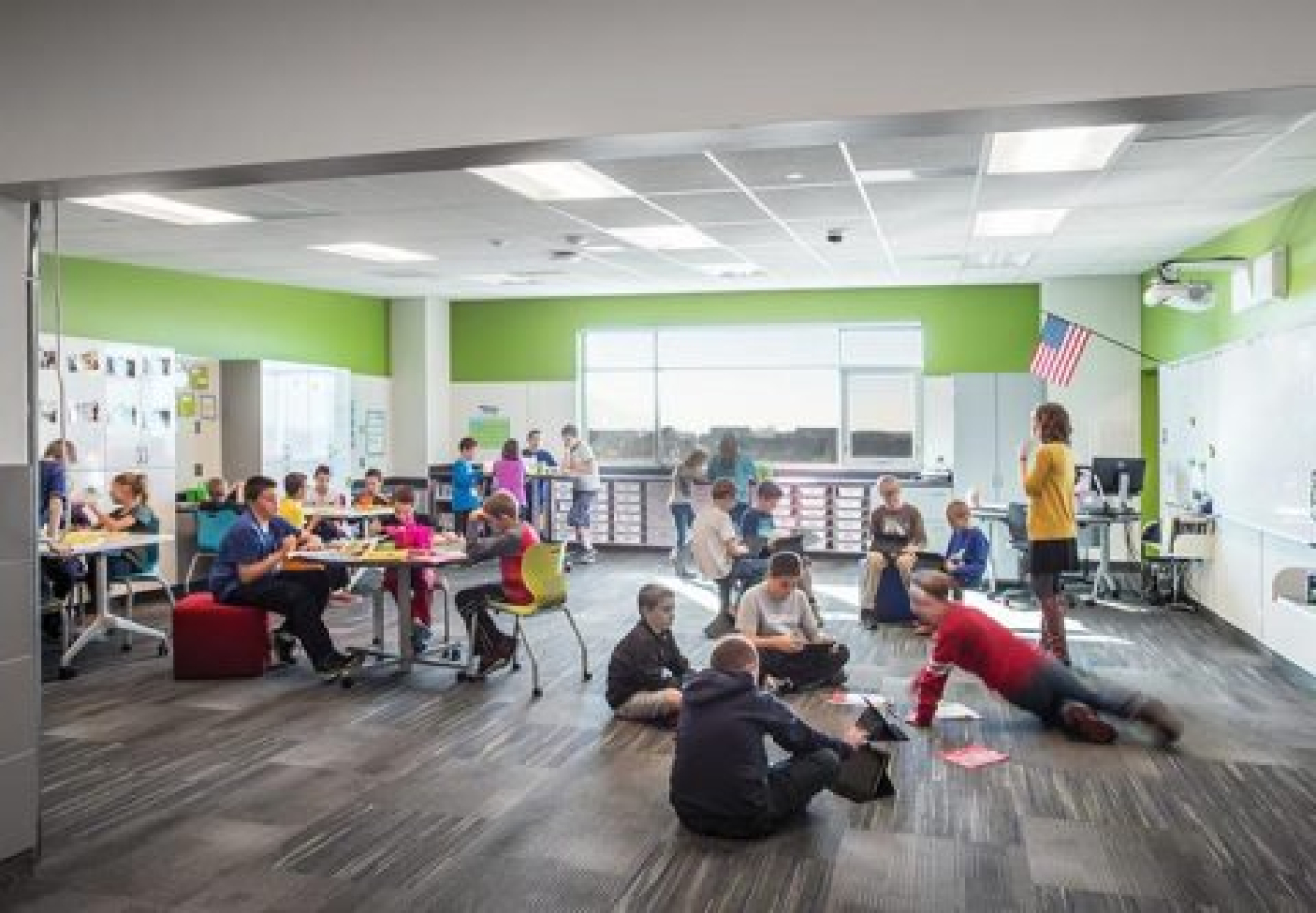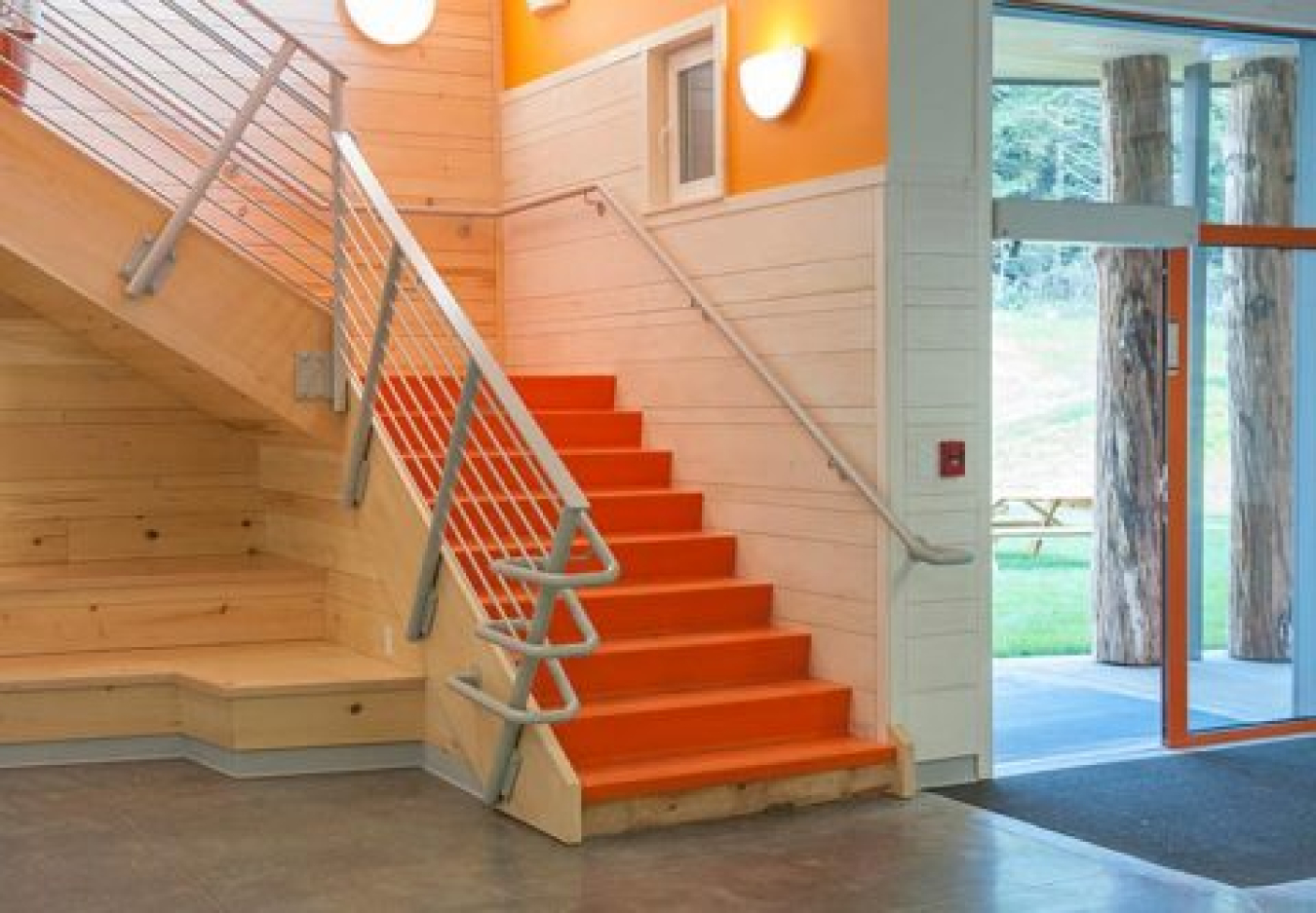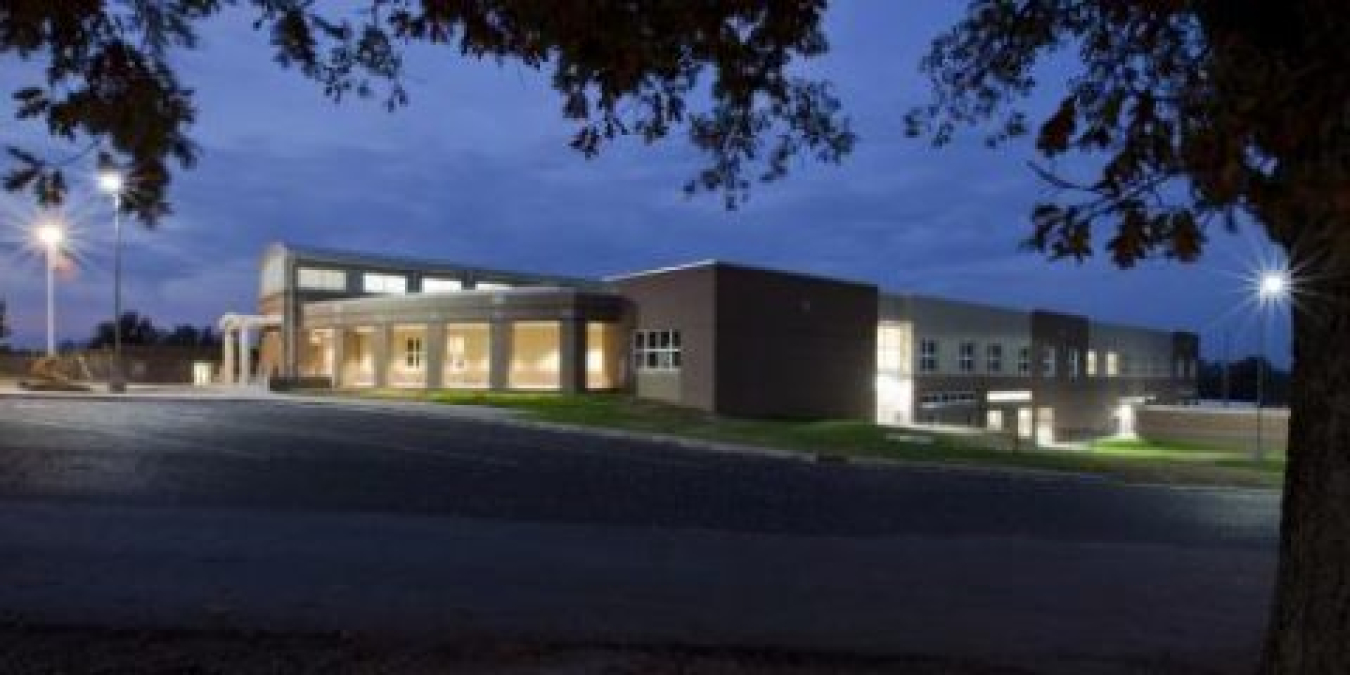Zero energy schools are designed to consume as little energy as possible and rely on a renewable energy source for their energy needs. Today, more education systems are opting for zero energy schools because of their increased savings, reduced environmental impact, and positive impact on students’ awareness of energy consumption and interest in science, technology, engineering, and mathematics (STEM).
Energy consumption represents one of the largest operational expenses to schools, second only to salaries. On average, zero energy schools use 65%–80% less energy than traditionally constructed schools, saving districts tens of thousands of dollars in taxpayer money each year.
In addition to financial benefits, zero energy schools create a more comfortable learning environment for students by providing better ventilation and more natural lighting. When students incorporate energy-efficiency practices into their school routine, those actions may translate to their home life and encourage an interest in STEM fields critical to our future.
Discovery Elementary
Currently experiencing a population boom, Arlington County is facing massive growth in the next decade and is seeking to add half a million square feet in educational facilities. During competitive design procurement, one of the teams suggested a zero energy goal could be accomplished within the given budget.
Proponents at the district level who had been championing energy efficiency were receptive because it was a core value of the project from the start, but they were skeptical that it could be done within the budget aimed at LEED Silver. Not only did the project end up coming under budget, including the solar array, but the building is more efficient than originally predicted. Now, Discovery saves $100,000 per year in utility costs, enough to cover the salaries of two teachers.
Read the case study on Discovery Elementary.

Lady Bird Johnson Middle School
This 150,000-square-foot, LEED Gold, net zero facility was built on a 17.5-acre site in the city of Irving, Texas. Project cost was $29,610,423, and construction commenced on May 14, 2010. The project opened its doors for school on August 24, 2011.
The building is structural steel frame with a brick and metal panel veneer. There are large expanses of windows for daylight harvesting. The structure fits on a very tight site with building orientation critical to energy conservation; native landscaping and pervious paving round out the exterior. The school uses extensive shading to minimize solar heat gain and incorporates wind turbines as a part of its onsite renewable energy generation portfolio.

Odyssey Elementary
Odyssey Elementary is a large public school in an area of Utah with a growing population. Created as a prototype for the Davis School District, Odyssey is a zero energy building whose design has already been copied for two other new schools, both of which are targeting zero energy. It has a unique design with four “houses” (or classroom wings) featuring generously daylit classrooms. This design contributes to the school’s energy efficiency.
Odyssey was designed around the theme “Bodies in Motion: The Animal Kingdom,” and highlights animals (including humans) as they run, jump, swim and fly. The school has flexible spaces that can be easily moved or adjusted to meet student and teacher needs and is designed to be zero energy, completely eliminating operational energy costs.
Read the case study on Odyssey Elementary.

The Friends School of Portland
The Friends School of Portland is an independent preschool through eighth grade school located on Mackworth Island in Falmouth, Maine. The first school year for Friends School of Portland began in the fall of 2006.
More than half of all operating school districts in the U.S. are in rural areas. These small schools operate at a different scale and have different needs than their city counterparts. In 2003–2004, 20% of public schools in the U.S. served fewer than 200 students.
Although the Friends School of Portland—which was designed to achieve both zero energy performance and Passivhaus certification—is an independent school, it faced financial constraints similar to those faced by many other small schools throughout the country. The project was financed through a capital campaign and a mortgage that forced a hard cost cap on the project, so the project team had to be diligent about every dollar.

Richardsville Elementary School
Richardsville Elementary School is the first full-scale zero energy K-12 school in the United States. The school building, located in Kentucky’s Warren County Public School District, uses many innovative strategies to conserve energy, including dedicated outdoor air systems (DOAS) with dynamic reset, insulated concrete form (ICF) wall construction, daylighting, and ground-source heat pumps, among others. The school has both thin-film and crystalline silicon photovoltaic panels.

